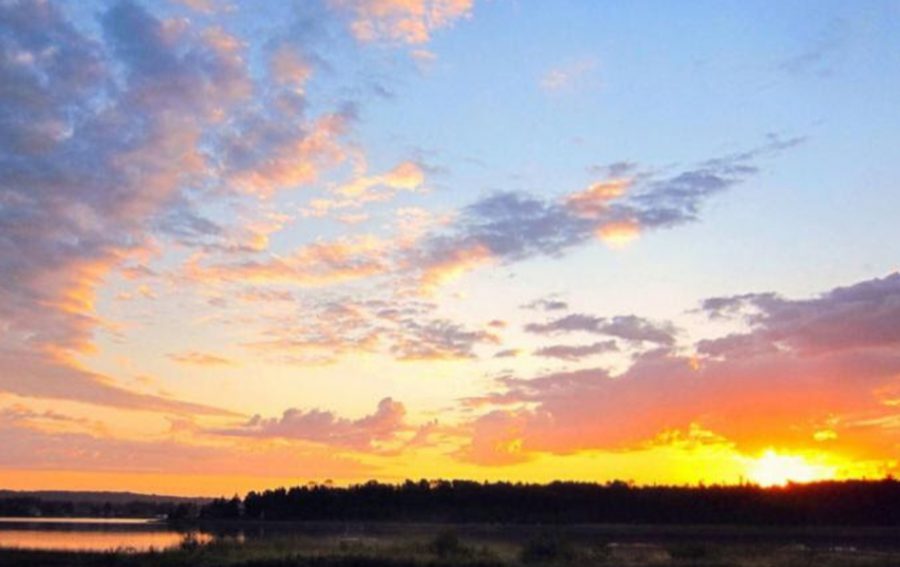Save the Date! It’s Daylight Savings Time Again!
March 9, 2020
Daylight Savings Time, or DST, first originated in Germany during the year of 1916 in order to conserve energy while being an active member in World War I. Soon later, many other nations within Europe also adopted the new method of time savings. When the United States first adopted this way of daylight conservation in 1918, they called it “Fast Time.” This new idea in the United States was sparked by a man named Robert Garland, Pittsburgh native, who learned about the practice while working in the United Kingdom.
In present time in the United States, DST begins on the second Sunday of March when the clocks are pushed forward 1 hour. Then, on the second Sunday of November, clocks are pushed back 1 hour. It just so happens that this year in 2020, DST begins somewhat earlier than usual due to the fact that the month of March starts on a Sunday, therefore the second Sunday in March is one one week into the month. Generally, despite the loss of an hour every night, people enjoy what DST has to offer. Junior Patrick Boyle said, “I really appreciate it each year when DST comes around in the beginning of spring. With the clocks being pushed forward an hour, it allows me to come home from swim practice while the sun is still up and overall allows me to believe that good weather is coming in the near future.”
Starting in 2005, the Energy Policy Act gave all American states the right to opt out of using DST. However, at the moment Arizona is the only conjoined state that takes advantage of the act, with all other conjoined states conforming to the light saving initiative. Clocks within the state remain on Mountain Standard Time, or MST, throughout the whole year. Looking at U.S. territories and other non-conjoined states, Hawaii, Guam, Puerto Rico, and the Virgin Islands also don’t follow DST.

